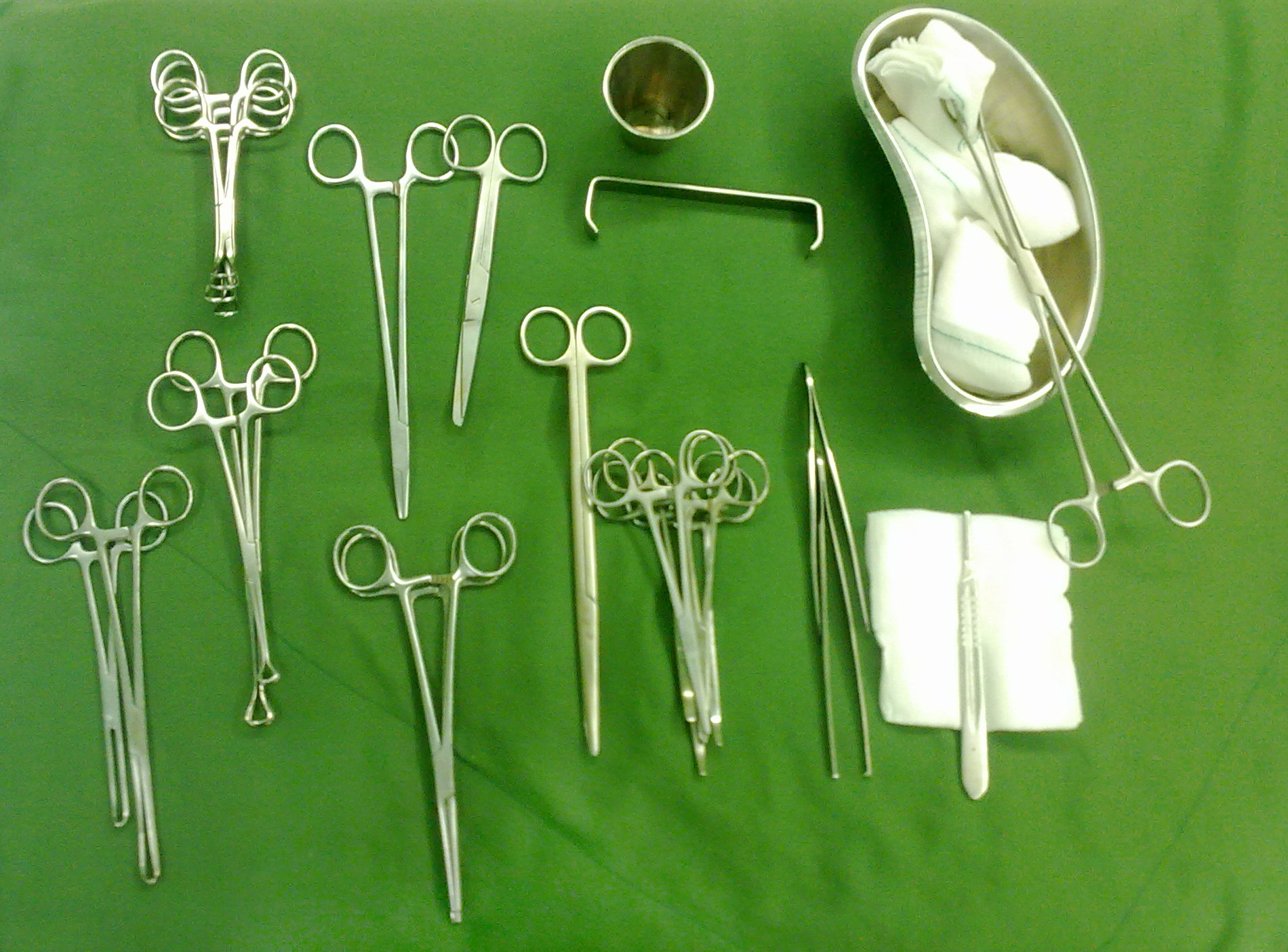
What is a Tubal Ligation?Tubal ligation is a surgical sterilization technique for women. It is also known as band-aid surgery. Tubal ligation is the most effective birth control and permanent method. This surgical procedure is more expensive than male sterilization (vasectomy) and getting tubes tied is also connected to higher risk of complications.
Tubal ligation procedure closes the fallopian tubes and stops the egg from traveling from the ovary to the uterus. Women who undergo this surgery continue to ovulate and menstruate. Hormone levels remain the same except for serum progesterone level which is somewhat reduced after tubal ligation.
Tubal Ligation TypesThe two most common techniques for female sterilization are minilaparotomy and laparoscopy. The both procedures can be done on inpatient or outpatient basis depending on the type of anesthesia used. Other procedures involve laparotomy, culpotomy, culdoscopy, hysteroscopy, and hysteroscomy.
Minilaparotomy
This surgery is performed by inserting an instrument into the uterus via cervix in order to push upward the uterus against the abdomen. Above the elevated uterus surgeon makes abdominal incision and pulls out the tubes to cut, tie, burn or clip them.
LaparoscopyThis surgery involves small abdominal incision covered by one or two band-aids in the end of procedure. Thereby, it is known as “band-aid surgery”. The surgical procedure is performed by making small incision just below the navel. Through this incision, carbon dioxide or nitrous oxide are injected into abdomen thus providing the view at the pelvic organs. Laparoscope is inserted into the incision to locate the tubes. Second incision in the lower part of abdomen is made for placing a forceps to grab and close off the tubes. The tubes can be cut, sewed or burned. Finally, incisions are closed with absorbent suture and covered up.
Colpotomy
Colpotomy includes incision in the vagina behind the cervix. After that, the tubes can be clipped or tied. The procedure is easier to be performed on women who had already given birth. On the other hand, it isn’t suitable for women with history of pelvic inflammatory disease or sexually transmitted disease and for women who previously have had abdominal surgery. This vaginal approach is associated with higher risks of complications comparing to abdominal tubal ligation.
Complications of Tubal LigationThese complications involve following:
Possibility of prolonged and heavy bleeding and more cramping – bleeding disorders are considered to occur because of lower level of serum progesterone or weak blood supply from the uterus to the ovaries due to scar tissue. Irregular menstruation Higher risk of ectopic (tubal) pregnancy Possible pregnancy due to failure to close the tubes – this may occur in case a surgeon confuses a round ligament to the tube. Sometimes premature menopause Injuries to internal organs from cauterization
















Your thoughts on this
Loading...